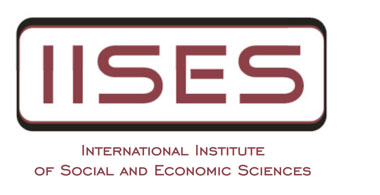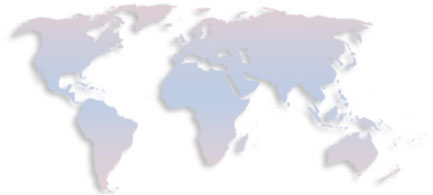5th Economics & Finance Conference, Miami
TECHNOLOGICAL ADVANCE AND INTERNATIONAL TRADE: THE UNDERLYING MECHANISMS
CAROLINA PAN, SERGIO PETRALIA, FERNANDO YU
Abstract:
This paper studies the impact of technological advance on international trade. Building on the seminal model of Eaton and Kortum (E&K) 2002, we provide a novel measure of the countries’ comparative advantage using a unique dataset of the history of world patents. First, we show that this measure is consistent with the theory, based on models of idea-generating processes. We then incorporate it in E&K’s gravity-type equation that predicts trade flows and estimate the effects of trade costs, wages, absolute and comparative advantage on bilateral exports. Thus, unlike the previous empirical literature, we are able to identify and differentiate the impact of innovation on exports through the stock of ideas (absolute advantage) and how these are distributed across goods (comparative advantage). We find that both the stock and distribution of technology have a positive and significant impact on exports, though the latter is much stronger. Moreover, the force of comparative advantage largely attenuates the distance effect: when a country is very efficient at producing certain goods, its exports are not very sensitive to geographic barriers and other trade costs. This result might also help to unravel the distance puzzle in the gravity-equation literature.
Keywords: International trade, technology, patents, productivity, gravity, innovation

